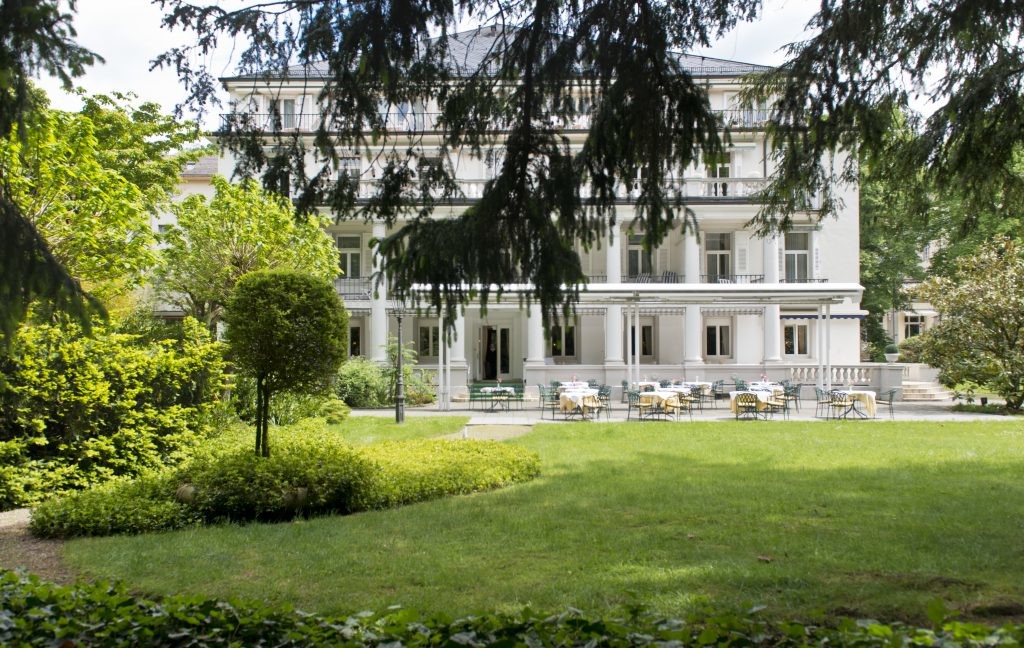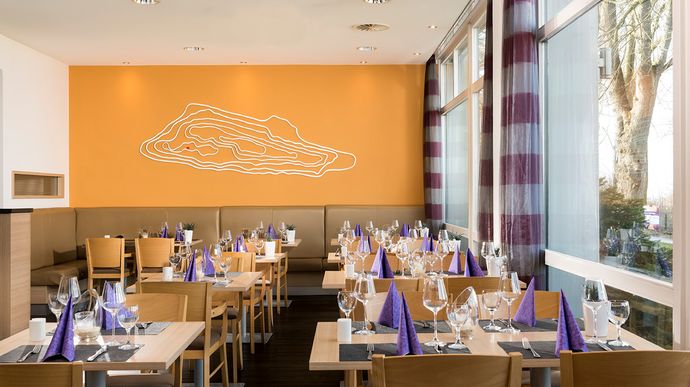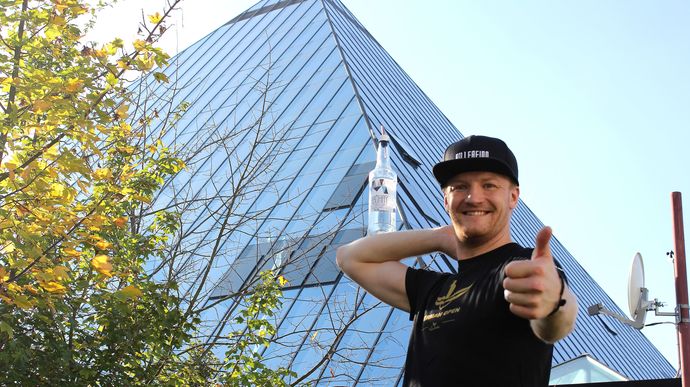Radisson Blu Badischer Hof Hotel in Baden-Baden: A venerable ‘grande dame’ shows off a modern new dress

Old and new, traditional and modern – interior designers are constantly confronted with the challenge of delicately balancing these forces. Both have a right to exist, and when deftly brought together, the symbiosis can represent something truly revolutionary with its very own, distinctive character. A successful example is the recently fully renovated Radisson Blu Badischer Hof Hotel in Baden-Baden, which is considered Europe’s first grand hotel. Parts of the building are from the 17th century and formerly housed a Capuchin monastery, while other parts from the 18th century embody a classicist architectural aesthetic. A modern extension was also added in the 20th century.
The demands faced by Austrian hotel planner and interior design firm Voglauer (www.voglauer.com) were high, as it sought to ‘maintain the spirit of the time-honoured building’ throughout the complete renovation. This was easier said than done; the Badischer Hof has been through quite a lot over the last century – destruction from war and fires, reconstruction, changing utilisation concepts, extensions and renovations, protected status as a historic building and modern construction specifications have led to a colourful mix of styles. What was to be kept, restored or replaced? What has left a lasting impression, and what hasn't? And first and foremost: what elements from the interior, in what form, would delight hotel guests far into the future and ensure a special ambience in sync with modern technology and comforts? Ultimately, the classical grand hotel's image is inextricably linked with the design of the past. It was a readjustment process full of compromises, where all those involved had to weigh up different arguments, opinions on taste and visions.
The magnificent success of this effort is demonstrated by the ‘new’ Radisson Blu Badischer Hof Hotel, a venerable ‘grande dame’ showing off her modern new dress to guests. From both outside and within. Subtle yet impressive, harmonious while full of contrasts.
A brief tour that will leave you amazed
In the four-star hotel's 147 rooms, a conscious decision was made to refrain from adding classical embellishments, while still maintaining or modernising the historical pieces. Many of the existing elements such as classical doors, arches and balconies were restored and now feature a new radiance. In the monastery structure, the individual room layout of each of the various spaces needed to be rethought and tailored to guests’ needs. Gentle, natural beige tones were fundamentally favoured and supplemented with red accents for a harmonious overall image. Guests feel at once surprised and at home with the upholstered headboards, partially in Chesterfield style, encased in dark wood, mixed in with glass and chrome tables and complementary furniture. The innovative new concept is rounded off by contrasting materials such as patterned matt carpet and solid-coloured shining curtains. A large flatscreen TV, minibar, safe and box spring bed come as standard. In the more recent extension, the floor has been refurbished with a classic dark oak, while the historical monastery building features a scaled carpet with a floral pattern. The bathrooms have also been renovated in keeping with the latest technology and the floorplans redistributed. The tiles are broad and contemporary, but have been adjusted to match the concept of natural colours with a cement look. Materials like wood and chrome from the bedrooms also appear.
‘The century-long history of the house is being revamped with selected woods and colours, while the entire hotel is brought together by a subtle overarching aesthetic, uniting the monastery with the more modern extension,’ explains Christian Labacher of Voglauer. ‘We decided on a modern design language that draws on traditional and classical materials when considering the furnishings.’ This concept is particularly apparent at the reception, where contrasts are generated not only with the beige and red tones, but also through multiple materials – cabinets encased in black glass, ornamental wallpaper behind the reception desk and a patterned carpet. ‘The listed hall and high-ceilinged rooms in the monastery have been reconciled with the reception area and newer extension rooms thanks to a corresponding selection of materials – giving the hotel a sense of unity,’ continues the interior designer. Satisfaction with the results is demonstrated by countless comments – from guests, trade visitors and the hotel's own employees.










